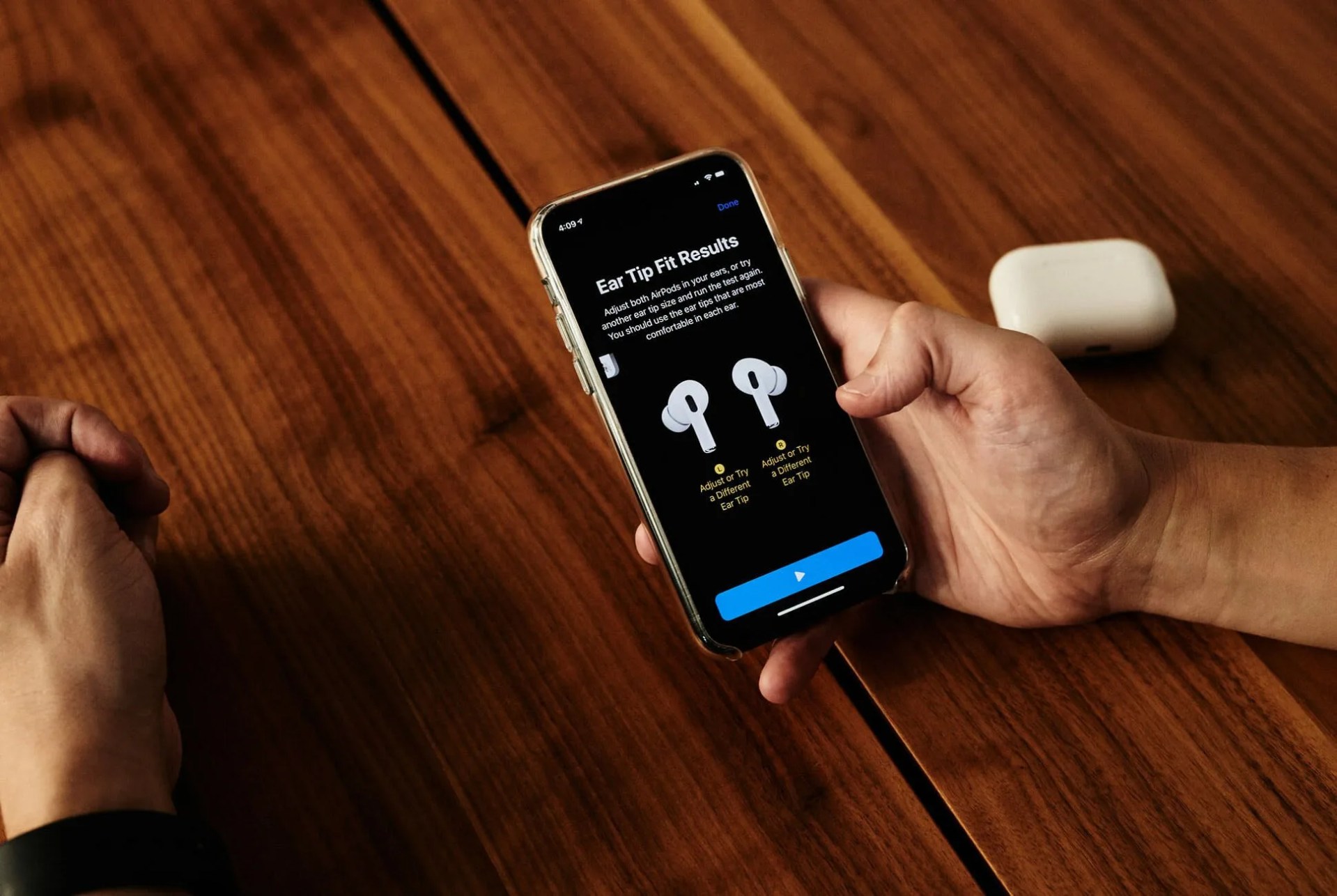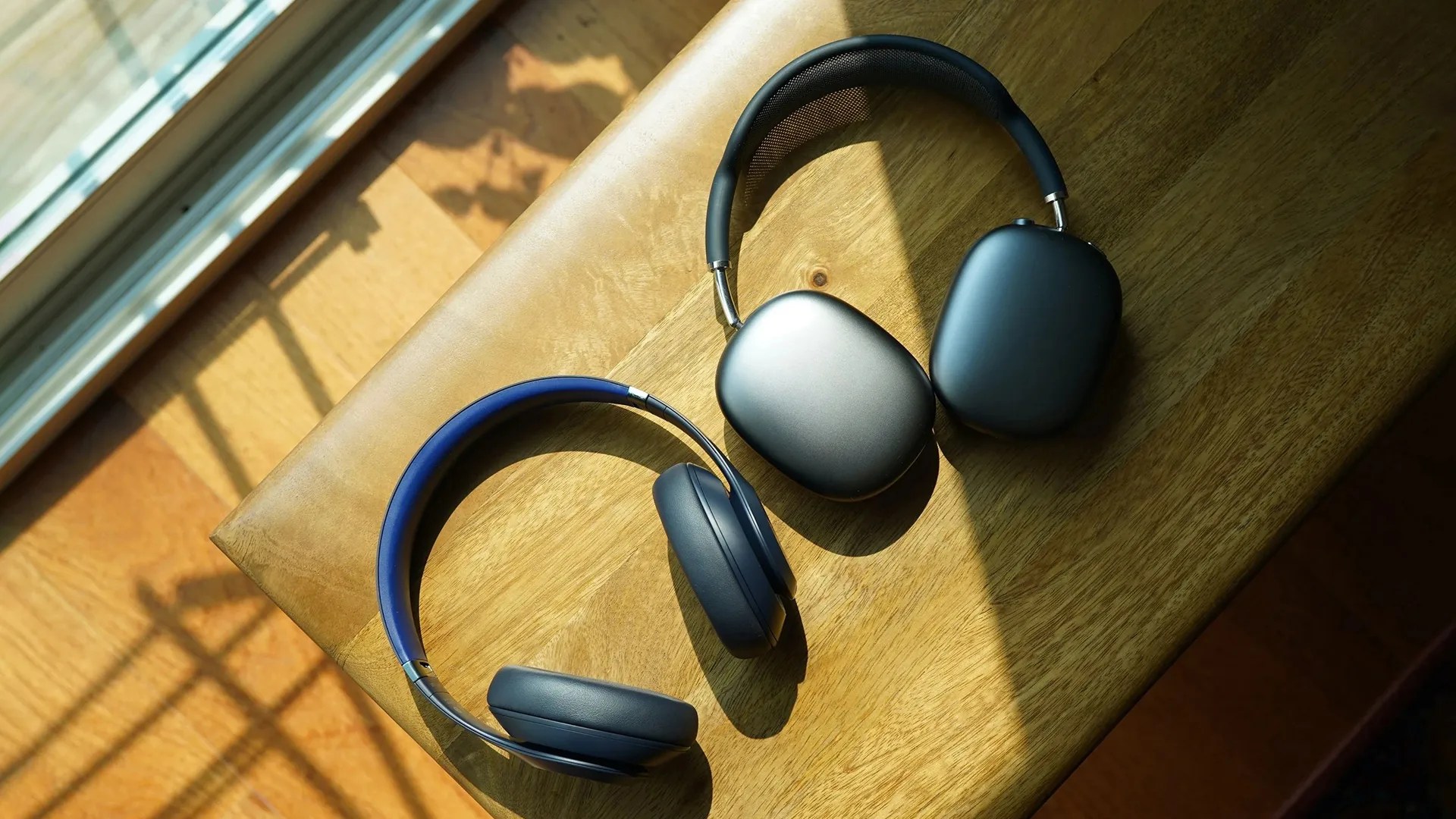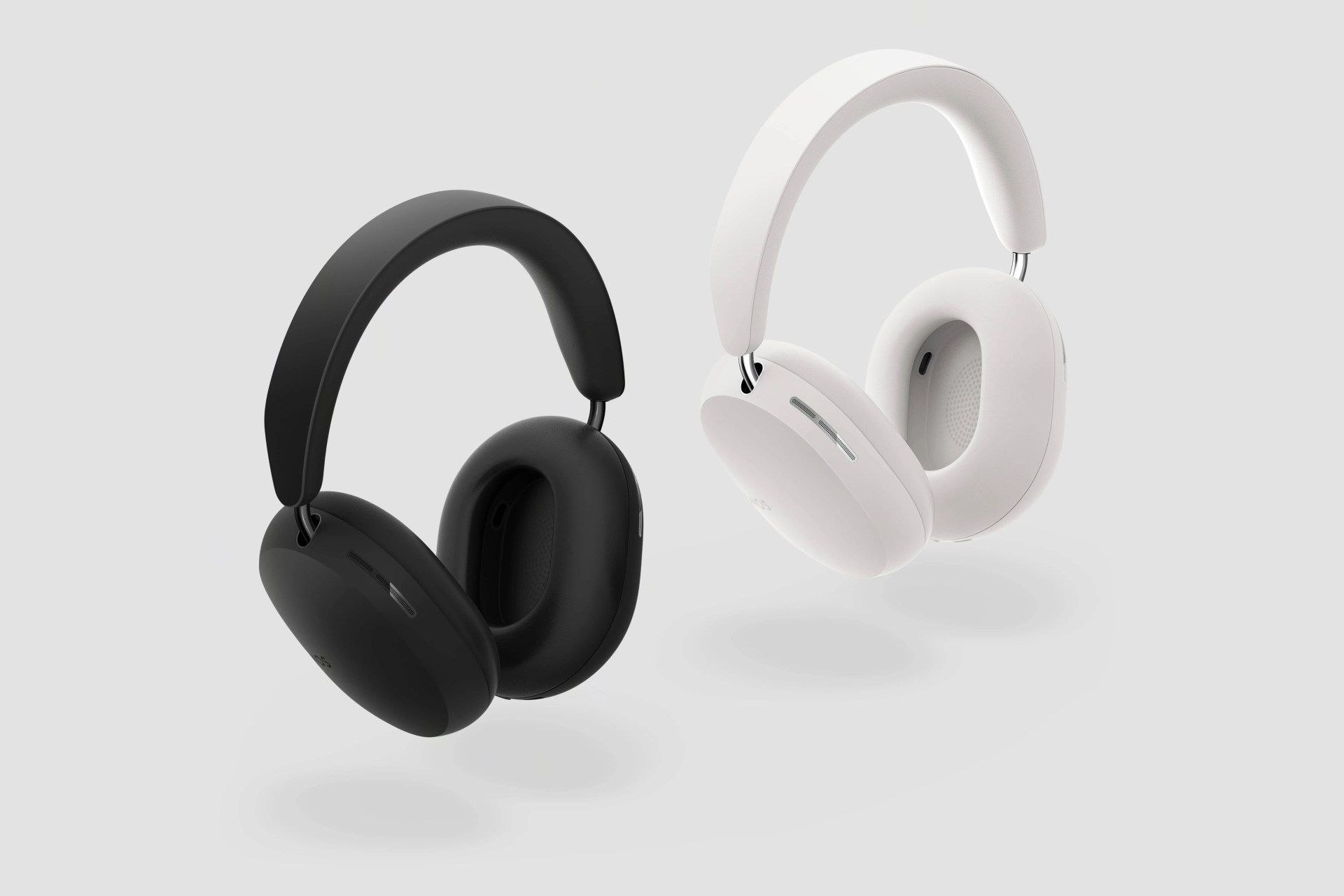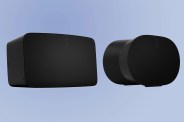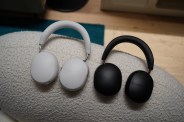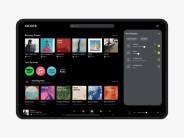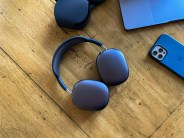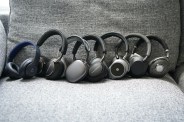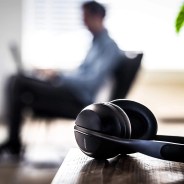After years of waiting, Sonos has finally announced its first-ever headphones, the Sonos Ace. It’s easy to hyperbolize the importance of any new product release for a company, but this is unquestionably an inflection point for Sonos.
It’s a line in the sand for the brand partially because 2024 hasn’t exactly started well for the company. The recent rollout of its new app hasn’t gone smoothly with some of the brand’s core customer base. The company’s revenue has also dipped also as sales of slowed from pandemic highs.
Then there’s the fact that headphones are an entirely new category for the brand, which could help Sonos expand its customer base and serve as a new entry point for its deeper audio ecosystem. Company executives also report that Sonos fans have long clamored for Sonos headphones. So, at a minimum, the launch could juice more revenue from those already heavily invested in the brand.
Given this backdrop, a wildly popular new product could be just the shot in the arm Sonos needs. But at least a small amount of cold water is still lurking in the backdrop, which could dampen Sonos’s outlook.
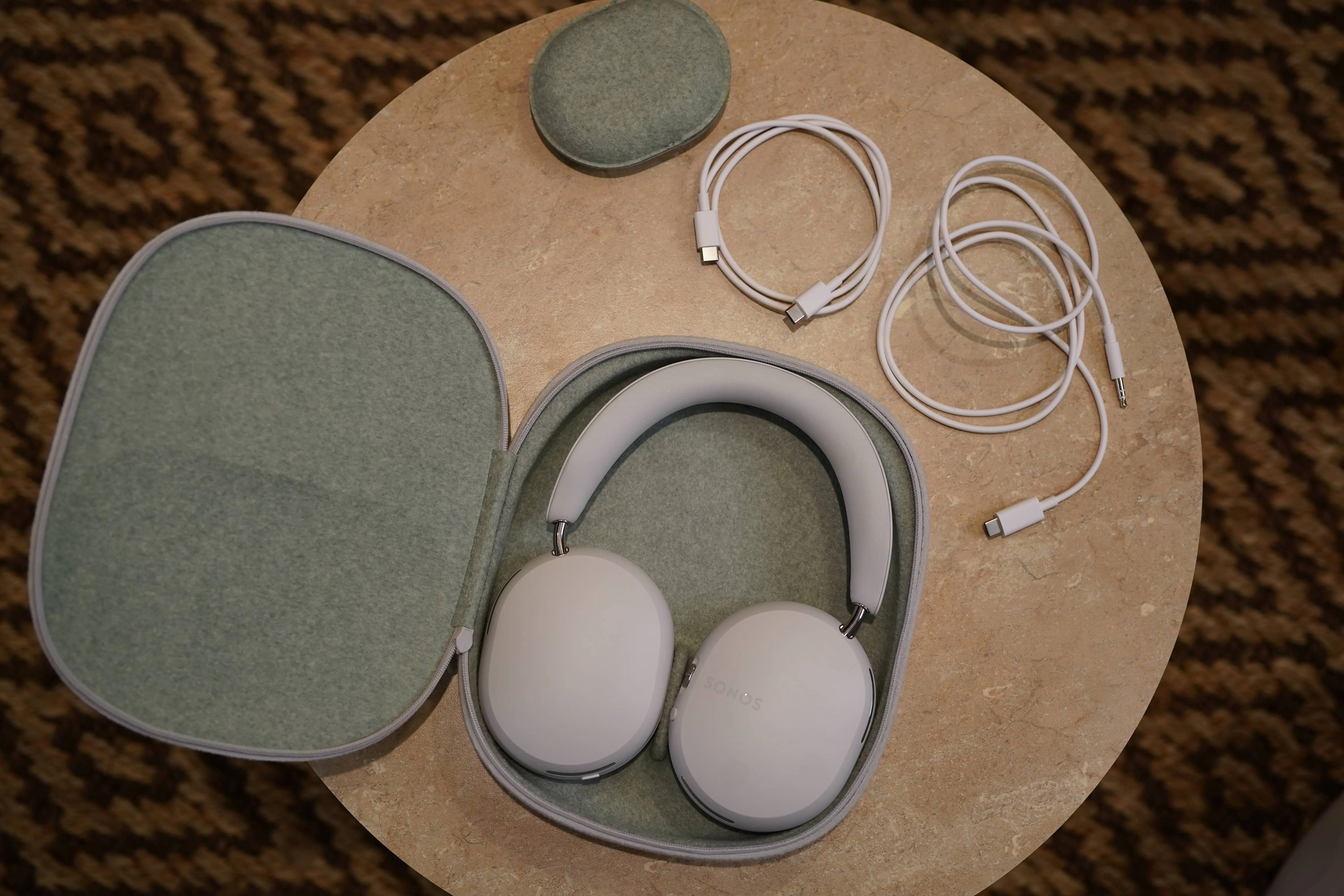
As someone who owns a lot of Sonos gear, I’m looking forward to testing out the Ace headphones at some point. But as much of a gadget nerd as I am, I can also admit that I’m far less likely to buy a pair of the Sonos Ace headphones than I would have been several years earlier. And that’s not a knock at all on what Sonos just revealed.
On paper at least, the Ace headphones offer nearly everything I’d want from a pair of premium noise-canceling headphones and compare well against other top offerings from Bose, Sony, and Apple.

